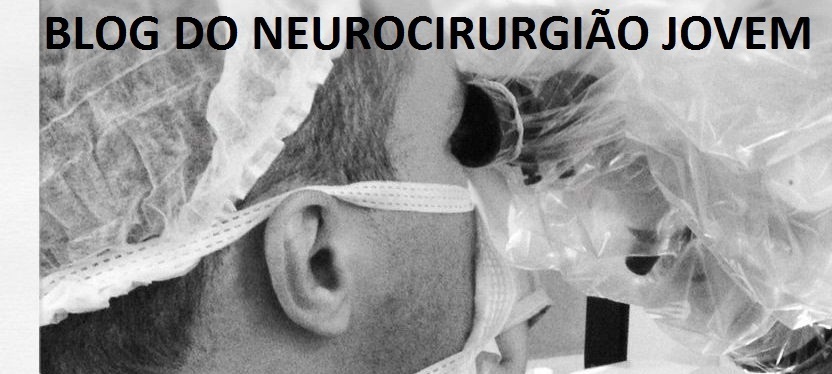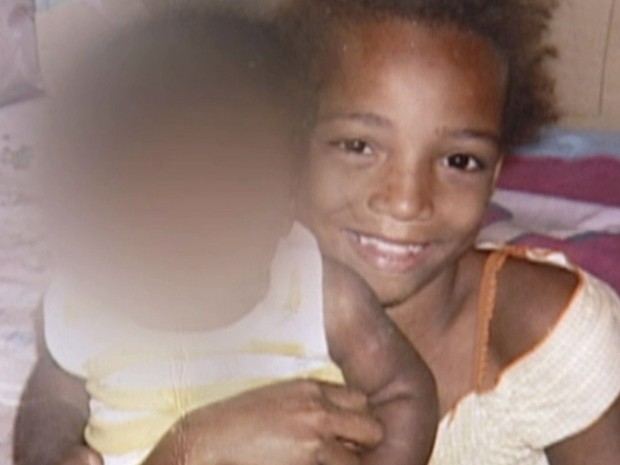Collection of more useful scales and classifications in neurosurgery
Karnowsky:
100% – normal, no
complaints, no signs of disease90% – capable of normal activity, few symptoms or signs of disease
80% – normal activity with some difficulty, some symptoms or signs
70% – caring for self, not capable of normal activity or work
60% – requiring some help, can take care of most personal requirements
50% – requires help often, requires frequent medical care
40% – disabled, requires special care and help
30% – severely disabled, hospital admission indicated but no risk of death
20% – very ill, urgently requiring admission, requires supportive measures or treatment
Wiltse Classification
Classification
of Spondylolisthesis
1.) Dysplastic :
Congenital malformation of the sacrum or neural arch of L5.2.) Isthmic: Stress fracture, elongation, or acute fracture of the pars.
3.) Degenerative: Long-standing arthritic process of the zygapophyseal joints.
4.) Traumatic: Neural arch fracture excluding the pars region.
5.) Pathologic: Bone disease – Paget’s, Metastatic disease, or Osteopetrosis.
6.) Iatrogenic: Following lumbar spine surgery
Reference:
Wiltse LL, Newman PH, Macnab I. “Classification of spondylolysis and
spondylolisthesis.” Clin Orthop Relat Res. 1976 Jun;(117):23-9.
WFNS
grade for SAH
|
Grade
|
GCS
|
Motor deficit
|
|
I
|
15
|
-
|
|
II
|
14-13
|
-
|
|
III
|
14-13
|
+
|
|
IV
|
12-7
|
+/-
|
|
V
|
6-3
|
+/-
|
Simpson grade for meningioma resection:
MRC scale
0 – no movement
1 – flicker is perceptible in the muscle
2 – movement only if gravity eliminated
3 – can move limb against gravity
4 – can move against gravity & some resistance exerted by examiner
5 – normal power
1 – flicker is perceptible in the muscle
2 – movement only if gravity eliminated
3 – can move limb against gravity
4 – can move against gravity & some resistance exerted by examiner
5 – normal power
MODIC CHANGES:
Modified Rankin Scale
The modified Rankin Scale (mRS) is a commonly used scale
for measuring the degree of disability or dependence in the daily activities of
people who have suffered a stroke.'
|
|
|
|
0
|
No symptoms at all
|
|
1
|
No significant disability despite symptoms; able to carry out
all usual duties and activities
|
|
2
|
Slight disability; unable to carry out all previous
activities, but able to look after own affairs without assistance
|
|
3
|
Moderate disability; requiring some help, but able to walk
without assistance
|
|
4
|
Moderately severe disability; unable to walk without
assistance and unable to attend to own bodily needs without assistance
|
|
5
|
Severe disability; bedridden, incontinent and requiring
constant nursing care and attention
|
|
6 |
Dead |
Escala de
McCormick modificada para tumors espinhais
|
Modified McCormick scale
|
|
|
I
|
Intact neurologically, normal ambulation, minimal dyesthesia
|
|
II
|
Mild motor or sensory deficit, functional independence
|
|
III
|
Moderate deficit, limitation of function, independent w/external
aid
|
|
IV
|
Severe motor or sensory deficit, limited function, dependent
|
|
V
|
Paraplegia or quadriplegia, even w/flickering movement
|
Meyerding grade
Spondylolisthesis
Categorises severity of
spondylolisthesis based upon measurements on lateral X-ray of the distance from
the posterior edge of the superior vertebral body to the posterior edge of the
adjacent inferior vertebral body. This distance is then reported as a
percentage of the total superior vertebral body length:
§ Grade 1
is 0–25%
§ Grade 2
is 25–50%
§ Grade 3
is 50–75%
§ Grade 4
is 75–100%
§ Over
100% is Spondyloptosis, when the vertebra completely falls off the supporting
vertebra.
Facial palsy in acoustic neuromas: House-Brackmann
Glasgow
Outcome Scale
Outcome after sever brain damage
1. Dead
2. Persistent vegetative state (no obvious
cortical function)
3. Severe disability (conscious but diabled)
4. Moderate disability (disabled but
independent)
5. Good recovery (return to normal activities wvwn with minor
neuro or psychological deficits)
Frankel Grade
Spinal Cord Function
A complete paralysis
B sensory function only below the injury level
C incomplete motor function below injury level
D fair to good motor function below injury level
E normal function
B sensory function only below the injury level
C incomplete motor function below injury level
D fair to good motor function below injury level
E normal function
Fischer:
Cervical Myelopathy
1. Nurick’s classification system for myelopathy on the
basis of gait abnormalities
|
Grade
|
Root
signs
|
Cord
involvement
|
Gait
|
Employment
|
|
0
|
Yes
|
No
|
Normal
|
Possible
|
|
I
|
Yes
|
Yes
|
Normal
|
Possible
|
|
II
|
Yes
|
Yes
|
Mild
abnormality
|
Possible
|
|
III
|
Yes
|
Yes
|
Severe
abnormality
|
Impossible
|
|
IV
|
Yes
|
Yes
|
Only
with assistance
|
Impossible
|
Reference:
Nurick S. The pathogenesis of spinal cord disorder associated with cervical spondylosis.
Brain 1972; 95: 87-100
2. Ranawat Classification of Neurologic Deficit
Asia
Muscle strength is graded as
§ 0 Total
paralysis
§ 1 -
Palpable or visible contraction
§ 2 -
Active movement, full range of motion, gravity eliminated
§ 3 -
Active movement, full range of motion, against gravity
§ 4 -
Active movement, full range of motion, against gravity and provides some
resistance
§ 5 –
Active movement, full range of motion, against gravity and provides normal
resistance [Muscle able to exert, in examiner’s judgement, sufficient
resistance to be considered normal if identifiable inhibiting factors were not
present]
§ NT –
not testable. Patient unable to reliably exert effort or muscle unavailable for
test-ing due to factors such as immobilization, pain on effort or contracture.
ASA
Presurgical
condition for anaesthesia
§ 1.
Normal healthy patient
§ 2. Mild
systemic disease
§ 3.
Severe systemic disease
§ 4.
Severe systemic disease that is a constant threat to life
§ 5.
Moribund patient, not expected to survive the operation
§ 6.
Declare brain-dead patient whose organs are being removed for donor purposes
Hunt-Hess
Spetzler e Martin:
The grading system
- size of nidus
- small (<3cm) = 1
- medium (3 - 6cm) = 2
- large (> 6cm) = 3
- eloquence of adjacent brain
- non-eloquent = 0
- eloquent = 1
- venous drainage
- superficial only = 0
- deep = 1
Dr. Bernardo de Andrada






